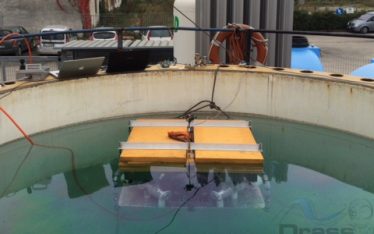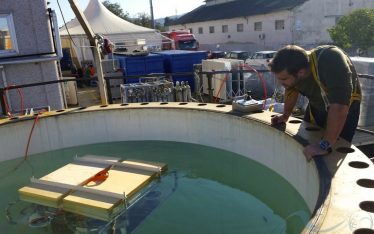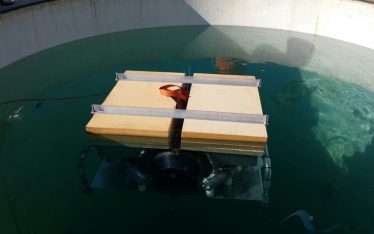Drass design department is every day facing new challenges. The latest is the observation ROV prototype, codename Drassie. With Drassie, we are developing a new pilot project, which is instrumental to improve Drass internal capabilities in the propulsion control of the submarine rescue vehicles and underwater manned vehicles in general.
Drassie is an ocean depth explorer with an operating depth of 600 meters and the main features are auto-heading and auto-depth which improve the maneuverability of the vehicle and allow the easy managing of ocean depth exploration. Its control system is realized with a robust industrial controller, designed for extreme conditions. It provides automatic functions which are used as a convenient support for the surface operator. One of the targets of the pilot project is to introduce a risk analysis and a SIL assessment on the control system hardware and software, producing a certified solution.
DRASSIE performance includes:
- Diver Observation; the ROV acts as a dive buddy to ensure diver safety and provide assistance.
- Platform Inspection; to monitor the effects of corrosion, fouling, locating cracks, estimating biological fouling, etc.
- Pipeline Inspection; the ROV follows underwater pipelines to check for leaks, determines overall condition of the system.
- Surveys; visual surveys are necessary prior to installing pipelines, cables and most offshore installations.
- Subsea Installations; as capability has increased, vehicles have begun to support the operation and inspection of subsea installations, especially in deep water.
- Object Location; ROVs have received their highest level of recognition from tragedies such as passenger jet crashes and the space shuttle disaster. Search, location, and recovery of lost objects have become routine.



